Stable isotope analysis could offer a new tool in the fight against wildlife poaching by helping differentiate legal mammoth ivory from illegal elephant ivory. The method is faster and cheaper than existing techniques and could help authorities reduce the illicit killing of elephants by identifying illegal specimens.
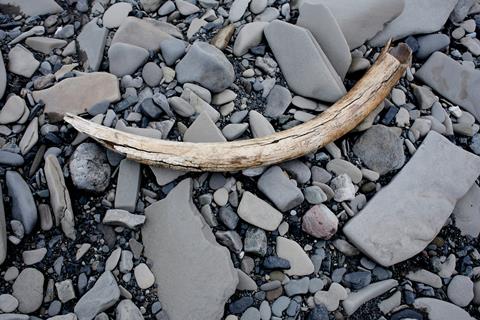
Efforts to clamp down on the illegal trade in elephant ivory have long been undercut by a surprising loophole – mammoth ivory. While the trade in elephant ivory is banned in most countries, ivory sourced from ancient mammoth remains in the Siberian permafrost is legal. Once polished or carved, the two types of ivory are difficult to distinguish, and illicit elephant ivory is known to be traded under the guise of legal mammoth ivory to avoid bans. Although radiocarbon dating and genetic analyses can differentiate the materials, tests can take weeks or months and require large amounts of ivory.
In an attempt to find a better method of discerning ivory sources, researchers from Hong Kong, China, analysed the stable isotope ratios of five elements: hydrogen-2, oxygen-18, carbon-13, nitrogen-15 and sulfur-34 for 79 ivory samples from 44 elephants and 35 mammoths.
As ancient mammoths and modern elephants lived in vastly different environments, the isotopic signatures found in their tusks from the food they ate and the water they drank will vary accordingly. While the team found that the carbon, nitrogen and sulfur isotope ratios had significant overlap, the hydrogen and oxygen ratios were well differentiated, with the hydrogen-2 ratios between the species not overlapping at all.
Requiring just 5mg of ivory powder, costing less than $25 (£18) per sample, and taking hours instead of days, the researchers believe that stable isotope analysis could find use as a first-line screening tool to identify suspicious ivory, which could then be sent for more rigorous genetic or radiocarbon testing.
References
MEA Santos et al, Front. Ecol. Evol., 2025, DOI: 10.3389/fevo.2025.1533703




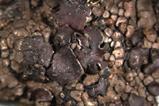



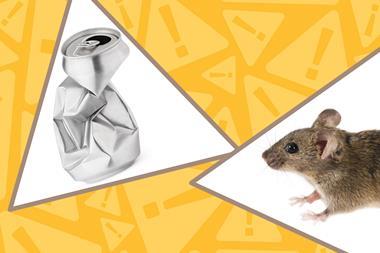


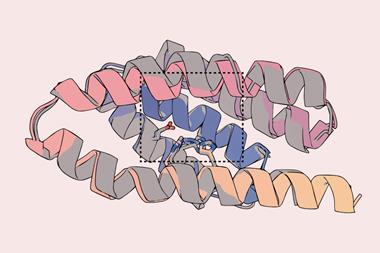

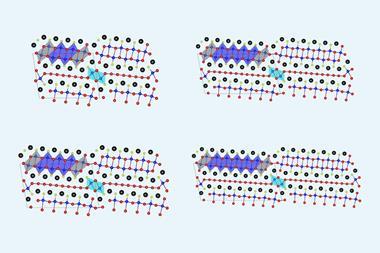
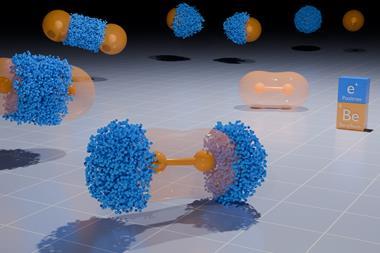
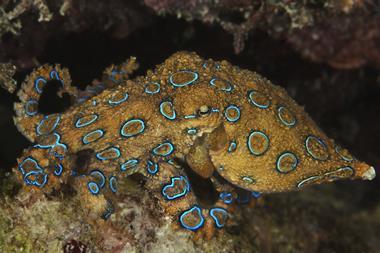
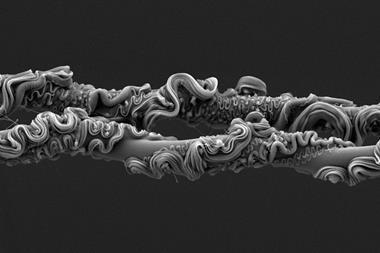
No comments yet